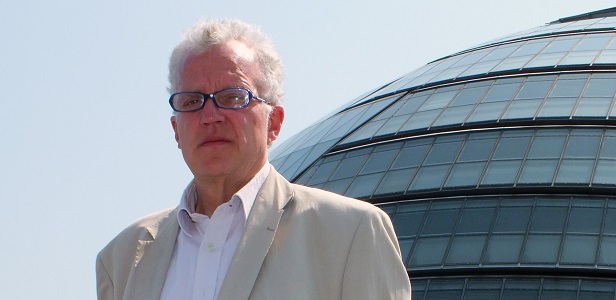The recent research in Bristol confirming the fact that living in a busy road is less pleasant than in a lightly trafficked one is, in a way, totally banal. Everyone knows that. You only have to ask an estate agent with territory around the North Circular Road and they can give you a pretty accurate assessment of the extra price that people are willing to pay to live a few hundred yards away from a main road. In high priced London, it amounts to tens of thousands of pounds.
Yet, this all too obvious fact does not seem to have percolated through to the world of transport. Forty years after the groundbreaking study on this topic, by Donald Appleyard in San Francisco, its implications have not been recognised or informed policy. Sure, there are some models which taken into account this loss in value of property, but in no way do they reflect the extent of the damage to people’s lives that result from living on a busy road.
The research, by Joshua Hart of the University of the West of England, throws up some really striking results. The findings, as expected, are remarkably similar to those of Appleyard. Hart analysed the social interaction between people on a busy, medium and quiet street and the differences were very marked. Just as Appleyard found, Hart discovered that people living on busy streets knew far fewer of their neighbours and had much less connection with them than their counterparts living nearby but on a quieter road. The scale of the difference was quite startling, with those in the Heavy Street having a quarter of the friends locally.
But the effects of traffic go far beyond that. Hart found that people living on ‘Light’ Street defined their home territory, in effect their defensible space, far more widely than those on ‘Heavy’ Street, which has enormous implications for the sense of community in those areas. People on ‘Heavy’ Street used their front rooms less, had darker curtains and would not allow their children to play outdoors as much because of fears of pollution. They were less healthy too, with parents complaining of their children having illnesses far more often.
Some of the individuals he quotes shows the extent to which their lives are dominated by traffic. He cites one woman on ‘Medium’ Street who discourages her children having friends across the road through fear they would be run over when going to see them and another on Heavy Street whose four year old has a constant cough resulting from the air pollution.
Therefore, while the research is merely a statement of the bleeding obvious, the very fact that no one in Britain has undertaken this work before is a reflection of the lack of imagination of transport planners, local authorities and above all government departments. The key point, surely, is this: every extra car on the roads affects countless people’s lives in a detrimental way and policies to reduce demand, therefore, should not be a belated add-on but at the core of transport thinking.
As Hart put it simply, ‘Traffic kills community’. Not only Ruth Kelly but Hazel Blears, the Communities Secretary, should stick that slogan up on their office wall to remind them that one of the easiest ways to bring back a sense of social cohesion in many areas is to reduce traffic. He recommends the usual set of policies, such as universal 20 mph zones in residential areas and better facilities for walkers and cyclists and while we know all that, there are still many local authorities which are still not moving in that direction.
Hart’s research was basic and only involved just 60 households. It was not some massive study undertaken at great expense by consultants, but rather a simple survey for his master’s degree. Yet, it attracted widespread media coverage, ranging from the Guardian to the Daily Mail as well as broadcast media, precisely because it chimes with people’s perceptions.
This suggests that it would be timely for the government to commission a major piece of research on this topic, trying to assess the true extent of the damage caused by heavy traffic. If Hart’s finding that illness as well as mental wellbeing and quality of life are all severely affected, then the ‘cost’ of new roads in urban areas in the resulting business cases might be so high that it would become impossible to justify any. Moreover, local authorities might then concentrate on slowing down or removing traffic, by, for example, taking out the ghastly gyratory systems introduced in some many towns and cities in the 1960s. You only have to look at the transformation of Birmingham town centre since the inner ring roads were removed to realise what an amazing difference can be made. As usual with transport policy, most of the answers are already known, but it is the will to implement them that is lacking. Hopefully, Hart’s research will strengthen the hand of those seeking change.
